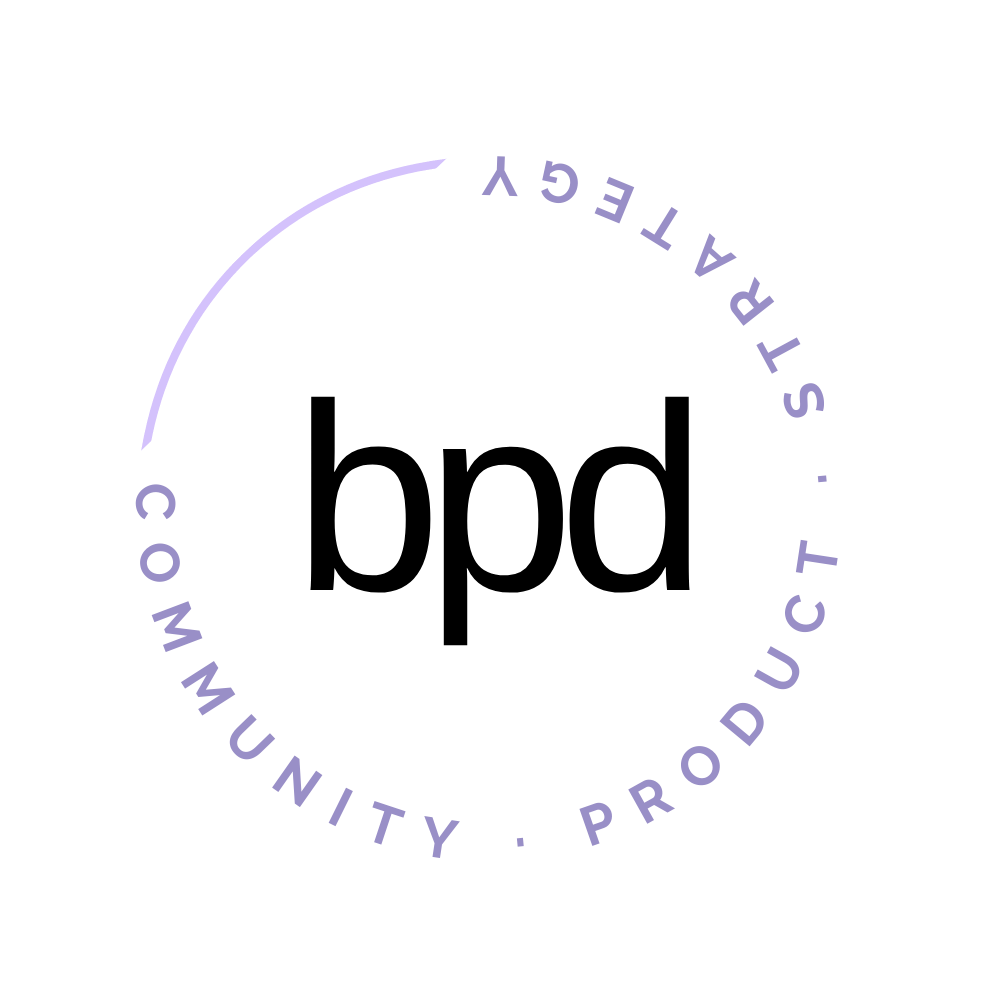#11 The 3 Reasons To Let Sub-Communities Thrive Within Your Products
When building community-driven products there is an opportunity to build the infrastructure and environment to let sub-communities thrive. There are 3 reasons to do this. You will:
Increase the growth flywheel of your umbrella community
Better support community members which creates a better product experience
Create a more valuable product (hello, $$$)
Facebook launched in 2004 and then they launched Facebook groups six years later.
According to Influencer Marketing Hub, as of August 2022, over 10 million groups were on Facebook, with over 1.8 billion people using them each month. And there are over 70 million admins and moderators running active Facebook groups.
These days Facebook groups suck and there are much better solutions– don’t build your community there. But if we throw out our Facebook feelings for one second– they created the largest online community and allowed sub-communities to rise. We can learn from this.
I’ve been reading the book, Belonging to the Brand by Matt Schaeffer, and he tells the following story about Twitch Co-Founder Justin Kan:
Justin Kan started “life-casting” in 2007 24/7 with a webcam on his head by mostly doing spontaneous events. He was on the Today show and recognized the momentum he was building and decided to build a platform so anyone could publish their own livestream.
Early on reviewing data he realized he was attracting a growing audience of gamers. By 2011 Justin and his cofounders launched a new platform called twitch.
Today 8 million steamers broadcast themselves for hours playing games like Fortnite and World of Warcraft.
The twitch members are also building their own sub-communities numbering in the millions, driving merchandise sales, paid subscriptions, advertising and sponsorships to earn 7 figure incomes.
Members of the twitch community spend and average of 90 minutes a day therefore making it among the “stickiest” communities on earth
Let Sub-Communities Thrive
A sub-community develops when members of a community get creative and come up with other ways to organize, create and support one another.
This might sound risky but it’s actually a bigger risk to keep it from happening. If there isn’t a healthy way for users to self-organize, they’ll go outside your product to do so therefore making your product redundant. And to make things worse, they’ll leave in droves.
Avoid these mistakes to make sure sub-communities can thrive within your product:
Start Broad– Don’t niche so far down that you rule out the opportunity for sub-communities
Build the Infrastructure (Loosely)– Don’t assume you know how exactly sub-communities will be formed
Throw Out The Rule Book– Don’t create so many rules that you make people fear self-organizing
01 Start Broad
The Sephora Beauty Insiders Community is for anyone interested in beauty. That is a HUGE topic. But inside their community (5,902,612 members) there are groups that focus on niche topics:
Acne-Prone Skin (109,347 members)
Parents Only (34,972 members)
Brows, Brows, Brows (9,957 members)
We often over-niche when we build community inside our products. Stay on the broader side to let your community niche down further inside– creating their own sub-communities.
02 Build The Infrastructure (Loosely)
When you’re starting out it might seem obvious. Let’s say you’re serving creators of all categories, you might make a sub-community for every “type” of creator: YouTuber, Writer, TikTok/Instagram Influencer, etc. But maybe the community would rather organize differently– like by geographic location or audience type they serve.
Instead of prescribing the sub-communities create the infrastructure for members to lead their own sub-communities– like the Twitch example.
03 Throw out the rule book
I once joined a fitness membership lead by a personal-brand creator. At the same time I had signed up for a 5k and shared it in the community as a win. I wrote something like “I’m doing this 5k and I signed up with a [membership name] hashtag. Join me!”
I was so nervous to post and it was taken down almost immediately. The team wrote me they didn’t want members to promote any outside events.
I understood that I broke the rules and apologized… but it put a sour taste in my mouth.
In a way, I was attempting to make a sub-community and connect with members there. I was hoping for accountability and to meet a few people that might train for this 5k with me. That was the whole idea of this membership, right?
The lesson: Be careful to shoot down connection attempts because your members will leave.
